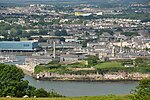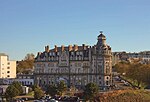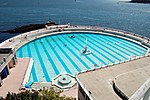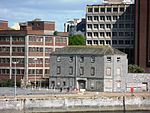Drake's Island
EngvarB from September 2013Francis DrakeGeography of Plymouth, DevonIslands of Devon
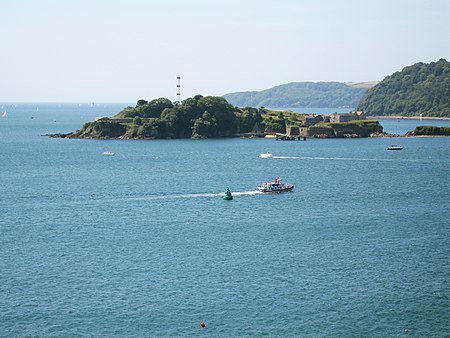
Drake's Island is a 6.5-acre (2.6-hectare) island lying in Plymouth Sound, the stretch of water south of the city of Plymouth, Devon. The rocks which make up the island are volcanic tuff and lava, together with marine limestone of the Devonian period. For more than 400 years the island was fortified.
Excerpt from the Wikipedia article Drake's Island (License: CC BY-SA 3.0, Authors, Images).Drake's Island
Plymouth Barbican
Geographical coordinates (GPS) Address Website Nearby Places Show on map
Geographical coordinates (GPS)
| Latitude | Longitude |
|---|---|
| N 50.355555555556 ° | E -4.1536111111111 ° |
Address
Hoe Park
PL1 2HU Plymouth, Barbican
England, United Kingdom
Open on Google Maps



